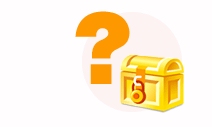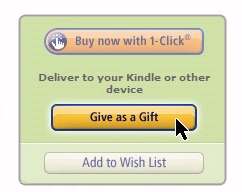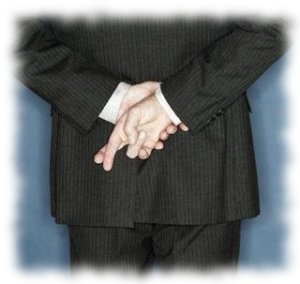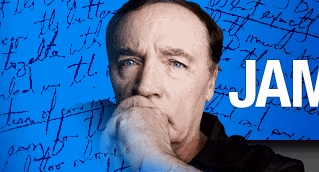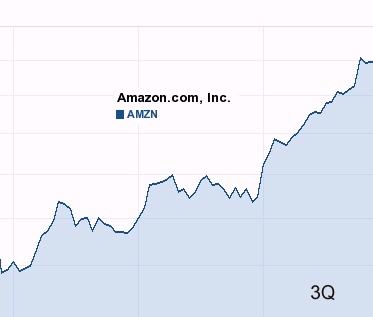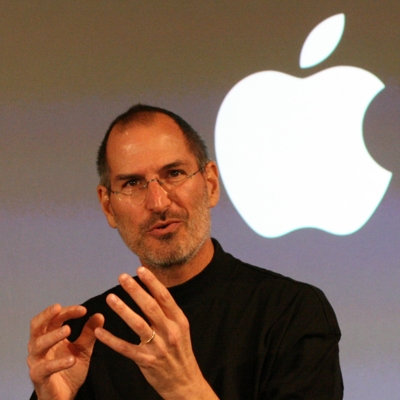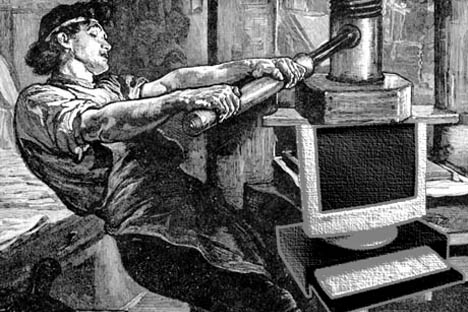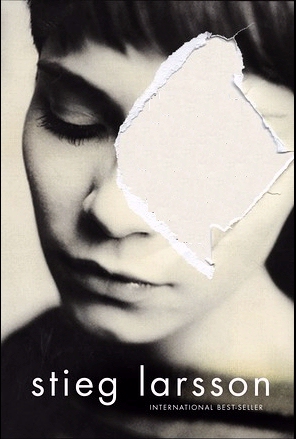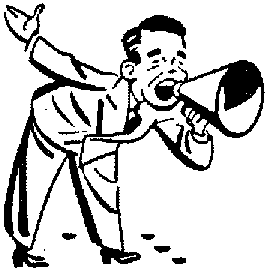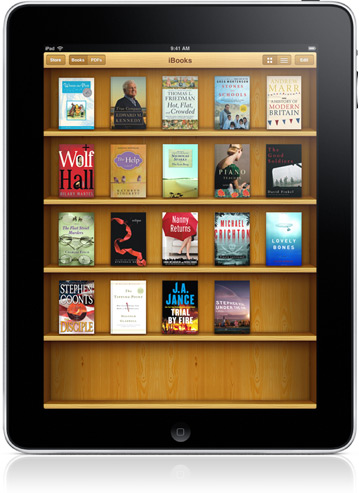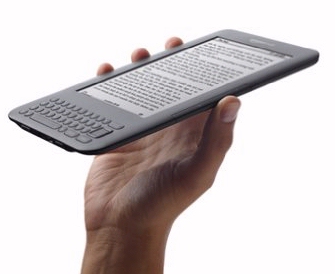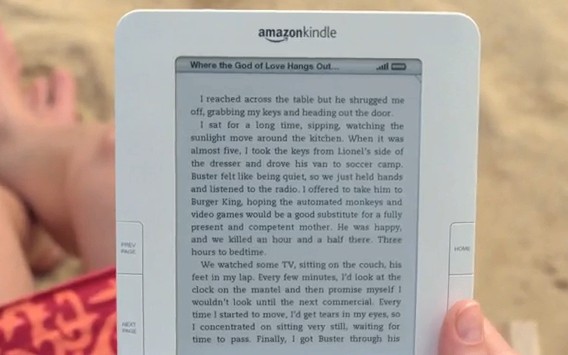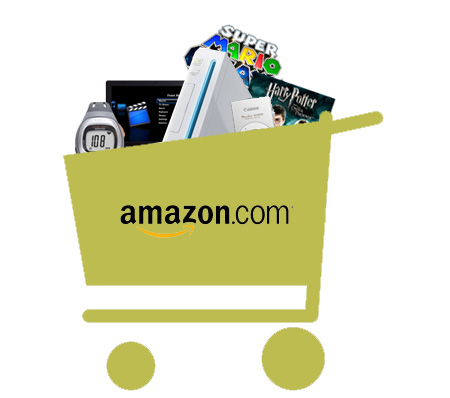BIG UPDATE: Amazon is selling Kindles for just $89 on Black Friday! The surprise announcement came Tuesday afternoon. It’s been a very big day for Kindle news.
The same day, I discovered that an Amazon blogger has “leaked” a calendar showing exactly when Amazon’s short-term special deals will appear online! I see movies for just $1.99, including Lord of the Rings and The Bourne Identity. In a post (titled “We’re leaking”), Amazon’s “Armchair Commentary” blog revealed the link, adding that “In addition to the doorbusters below, you’ll find over 2,700 titles at up to 70% off during our Black Friday Week deals…”
And here’s more details from my original blog post. Just after midnight on Sunday, Amazon had revealed their special “Black Friday” week web page, trying to lure online shoppers with new tempting holiday deals.”You shouldn’t have to stand in a long line to get a great deal,” the web page suggests. “We’re searching for the best Black Friday deals everywhere — including deals other stores are planning — so we can meet or beat their prices and bring them to you even earlier.”
Amazon warns that there’s a limited supply for many deals, but “we’ll add new ones throughout the day, every day this week, so you can skip the long lines and still save a bundle.” There’s deals in every category — from electronics to books, and from clothes to video games. But surprisingly — at least so far — there aren’t any deals for the Kindle. Not only is the actual device being sold at full price — Amazon isn’t even advertising any special deals on ebooks. (Less than two days later, Amazon announced
their special Black Friday deal: for just $89!
On the web, there’d been hopeful rumors that Amazon might lower the price of the Kindle. Barnes and Noble will sell the Nook on Black Friday for just $99 at Best Buy, so it seemed like Amazon might want to lower the Kindle’s price to compete. (Though the Kindle was apparently selling just fine at its current price of just $139.) And if for some reason you miss their special deal on the Kindle, Amazon will also sell you a 32-inch TV screen for just $249.
There is at least one other special offer on a Kindle. Amazon is giving away a free Kindle every day to one person selected from their fans on Facebook. (Just click the “Like” button on Amazon’s Facebook page, and then supply your phone number to be entered in their giveaway.) You can also start receiving Amazon’s deal announcements on your Facebook page. And there’s also a special Twitter feed called Amazon Tech Deals.
I’m disappointed that there’s not more Kindle offerings, but I have to admit I was fascinated by an unusual new feature on Amazon’s “Black Friday week” page — their special “Black Friday Week lightning deals.” Amazon’s been doing these for a while, but this is the first big week of the holiday shopping season, so I feel they’re going to be a lot more interesting. “Lightning Deals” are only available to a limited number of purchasers, and even then for just a very short period of time. Amazon’s Black Friday page is counting down the seconds until the exact moment when each item is available for purchase. You can choose to see only items that are available now — or only new deals that are coming up — and you can even narrow the display to the specific kinds of products that are being sold.
Some of the items appear to be mystery treasure chests — instead of a picture and a product name, there’s just the words “upcoming deal” and a giant orange question mark. But it looks like Amazon wants you to guess what’s for sale, since it’s usually pretty clear from the descriptions. For example, “The Griswold family goes on vacation over and over again” suggests it just might a DVD pack of Chevy Chase’s “Vacation” movies.
Ironically, if I remember correctly, the Griswold family actually had some pretty miserable holidays. But I’m planning to avoid the holiday shopping stress altogether this Friday — and just curling up with my Kindle!
